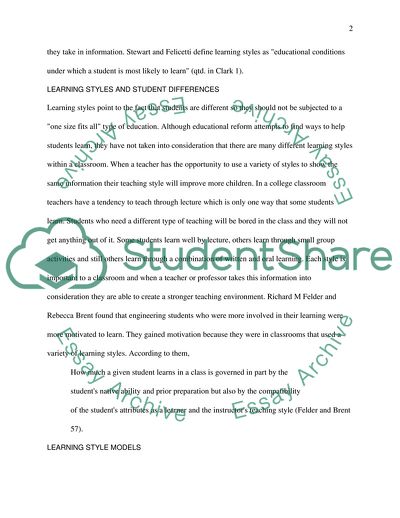Cite this document
(Learning Styles and Student Differences Research Paper, n.d.)
Learning Styles and Student Differences Research Paper. https://studentshare.org/education/1724361-learning-styles
Learning Styles and Student Differences Research Paper. https://studentshare.org/education/1724361-learning-styles
(Learning Styles and Student Differences Research Paper)
Learning Styles and Student Differences Research Paper. https://studentshare.org/education/1724361-learning-styles.
Learning Styles and Student Differences Research Paper. https://studentshare.org/education/1724361-learning-styles.
“Learning Styles and Student Differences Research Paper”. https://studentshare.org/education/1724361-learning-styles.


